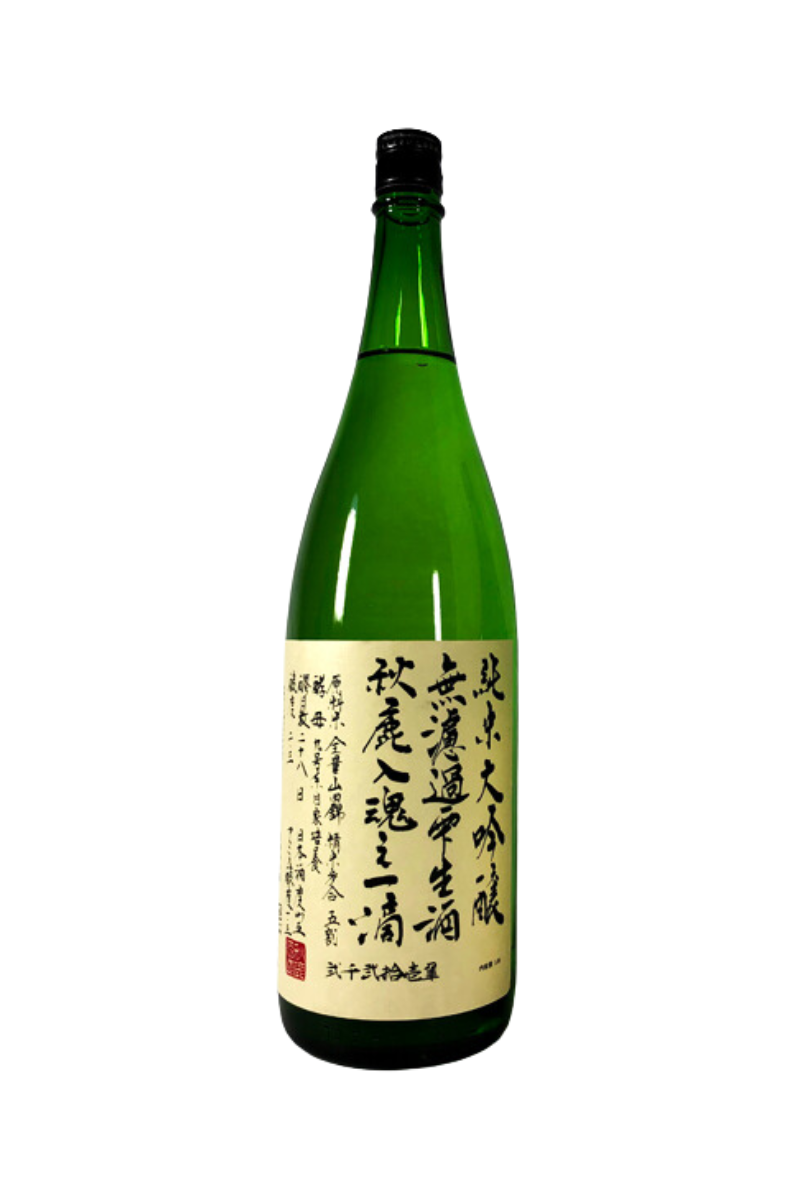Header Menu
-
-
-
-
-
- Ajola (Jacopo Battista)
- Anders Frederik Steen
- Anne & Jean Francois Ganevat
- Antoine Bouvet
- Antoine Petitprez
- Arnot-Roberts (Duncan Arnot Meyers & Nathan Lee Roberts)
- Chantereves (Tomoko Kuriyama & Guillaume Bott)
- Dard & Ribo (René-Jean Dard & François Ribo)
- Domaine La Boheme (Patrick Bouju & Justine Loiseau)
- Domaine de l'Ange Vin (Jean-Pierre Robinot)
- do.t.e. (Filippo Calabresi)
- Fabio Gea
- Grape Republic
- Gut Oggau (Stephanie & Eduard Tscheppe)
- Henri Chauvet
- Hirsch Vineyards (David & Jasmine Hirsch)
- Jean Baptiste Hardy
- Jessica Litaud
- Jérôme Lambert
- L'Octavin (Alice Bouvot)
- L'Egrappille (Catherine Dumora)
- Laherte Freres (Thierry & Christian Laherte)
- Laisse Tomber (Bastien Wolber)
- La Porte Saint-Jean (Sylvain Dittière & Pauline Foucault)
- Matassa (Tom Lubbe)
- Milan Nestarec
- O2Y
- Oriol Artigas
- Partida Creus (Massimo Marchiori & Antonella Gerona)
- Philippe & Tony Bornard
- Zeroine (Maylis Bernard)
-
-
-
-
-
-
-
-
-






